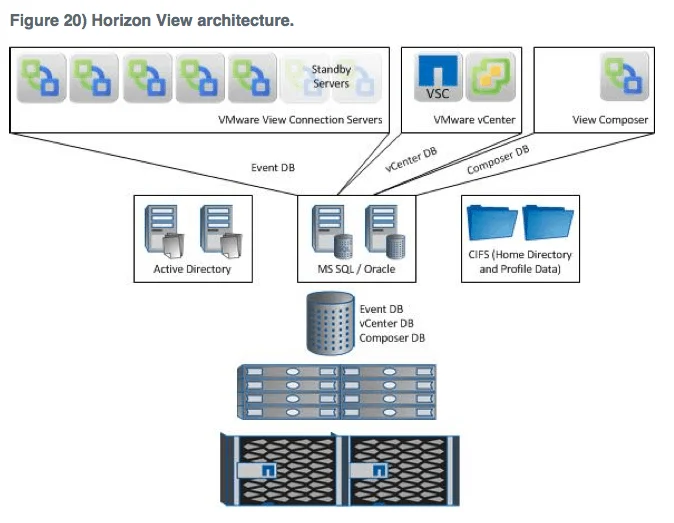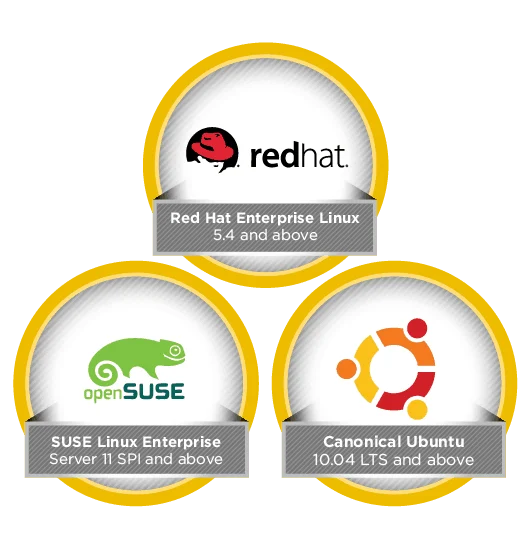We’ve just entered 2015, and we’re working with OpenStack Juno, eagerly awaiting OpenStack Kilo, which will be out on April 30 of this year. The trendy thing would be to talk about how OpenStack has grown and evolved over the last year, 2014, but let’s dig a little deeper. Come with me into the OpenStack …
Free is an interesting term to use when we talk about virtualization platforms, especially the industry leading VMware ESXi. As hypervisors have become standard fare in the data center we are starting to see more questions come up about the costs. Microsoft made a decision to take the hypervisor out of the cost equation by …
At VMworld this year, there was a great deal of talk about VMware and containers. This, of course makes a lot of sense, especially when you look at the parallels between virtual machines and containers. While there are some differences, many of the concepts are the same, and some may even consider containers to be …
Well, November is over, and so ends #vDM30in30. I’ve managed to write 30 blogs in 30 days, which has amounted to 22,130 words. Not exactly #NaNoWriMo caliber, but not so bad either. I’m extremely proud of myself for being able to come up with new content day after day, and venturing into some new areas …
My time with Virtual Desktop Infrastructure, or VDI started in 2007. We deployed VMware’s Virtual Desktop Manager for a couple of test projects, including desktops for the help desk, and desktops with admin tools for certain groups within our IT organization. This was before linked clones existed, and we had a hard time justifying the …
When you hear the three letters, KVM, the first think you may think of is Keyboard Video, and Mouse, that wondrous piece of technology that let you access the desktop of your servers when you were in the data center. I’m not talking about that KVM, I’m talking about the other KVM, Kernel-based Virtual Machine. …






